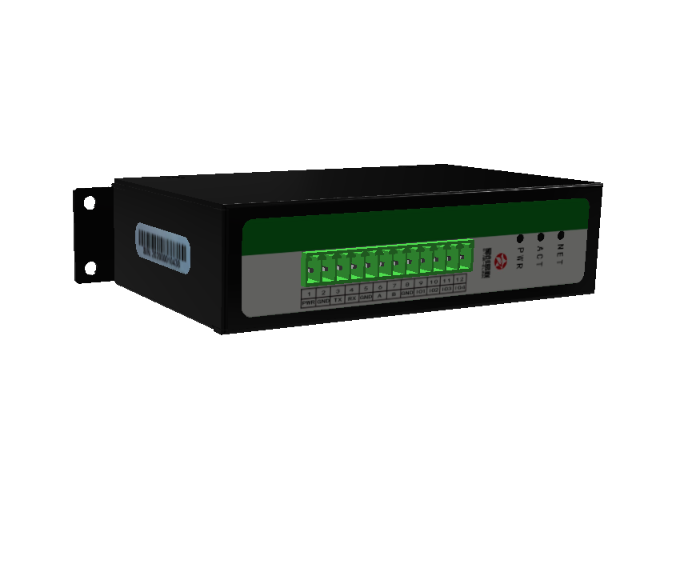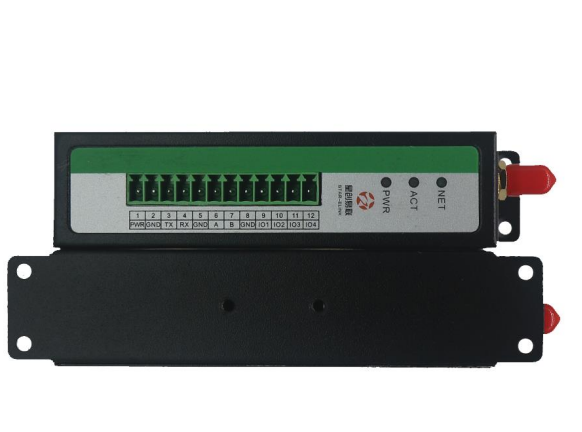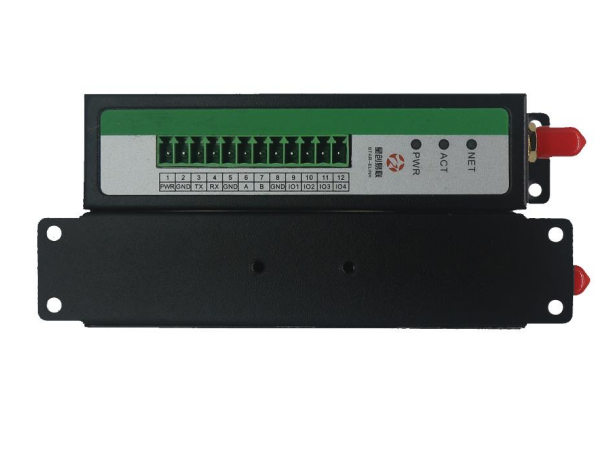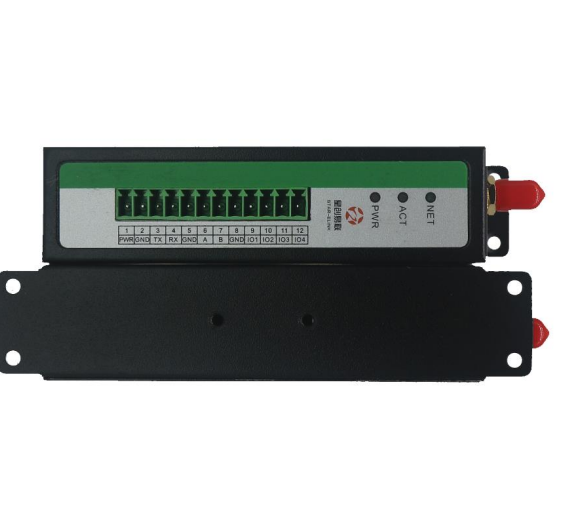I. The Need for Blazing Speed
In the fast-paced world of industrial automation, data transmission speed is paramount. As systems become increasingly complex and data-intensive, the demand for faster and more reliable communication channels has never been greater. This is where the challenge of pushing the boundaries of serial communication speeds comes into play, particularly when dealing with the cutting-edge LTE modem 4G technology.

LTE Modem 4G
II. Breaking Through the Serial Bottleneck
Serial communication has long been a staple in industrial environments, providing a reliable and cost-effective means of data transfer. However, as technology advances, the limitations of traditional serial interfaces have become increasingly apparent. With data rates capped at relatively low speeds, serial communication can often become a bottleneck, hindering the overall performance of automation systems.
III. Unleashing the Power of LTE Modem 4G
Enter LTE modem 4G technology, a game-changer in the world of industrial communication. Offering significantly higher data rates and improved reliability compared to traditional cellular networks, LTE modem 4G presents a tantalizing opportunity to break through the serial communication speed barrier. However, harnessing its full potential requires overcoming a series of obstacles.
IV. A Technician’s Odyssey
As a seasoned technician in the field of industrial automation, I have witnessed firsthand the challenges and triumphs of pushing the boundaries of serial communication speeds with LTE modem 4G technology. It has been a journey filled with trial and error, meticulous testing, and a relentless pursuit of optimization.
V. Conquering Hardware and Software Hurdles
One of the primary obstacles I encountered was the inherent limitations of serial interfaces themselves. Many industrial devices and controllers were designed with legacy serial ports that were never intended to handle the high data rates offered by LTE modem 4G. This required careful hardware and software modifications to ensure compatibility and reliability.
Additionally, the sheer volume of data being transmitted posed its own set of challenges. Buffering, flow control, and error handling mechanisms had to be meticulously implemented to prevent data loss and maintain system stability.
VI. Innovative Solutions at the Cutting Edge
To overcome these obstacles, I employed a range of innovative solutions. Hardware-level optimizations, such as utilizing high-speed serial interfaces like USB and PCIe, were implemented to bypass the limitations of traditional serial ports. Software-level enhancements, including custom data compression algorithms and intelligent buffering techniques, were also developed to maximize throughput and minimize latency.
VII. Real-World Impact and Tangible Benefits
The fruits of my labor have been realized in numerous industrial automation projects, where the increased serial communication speeds enabled by LTE modem 4G technology have yielded tangible benefits. From real-time monitoring of critical processes to seamless integration of remote systems, the impact has been profound, enabling higher efficiency, improved productivity, and enhanced decision-making capabilities.
VIII. Continuous Improvement and Future Horizons
However, the journey does not end here. As technology continues to evolve at a breakneck pace, so too must our approach to pushing the limits of serial communication speeds. I remain committed to exploring new techniques, leveraging emerging technologies, and collaborating with industry experts to further optimize LTE modem 4G performance in industrial environments.
IX. Conclusion: Redefining Speed and Reliability
The pursuit of faster serial communication speeds with LTE modem 4G technology has been a challenging yet rewarding endeavor. Through perseverance, innovation, and a deep understanding of the underlying technologies, we have made significant strides in breaking through the barriers that once limited industrial automation systems. As we continue to push the boundaries, the future of high-speed, reliable, and efficient data transfer in industrial environments becomes ever brighter, redefining what is possible and driving the next generation of automation solutions.
 KEY-IOT
KEY-IOT



